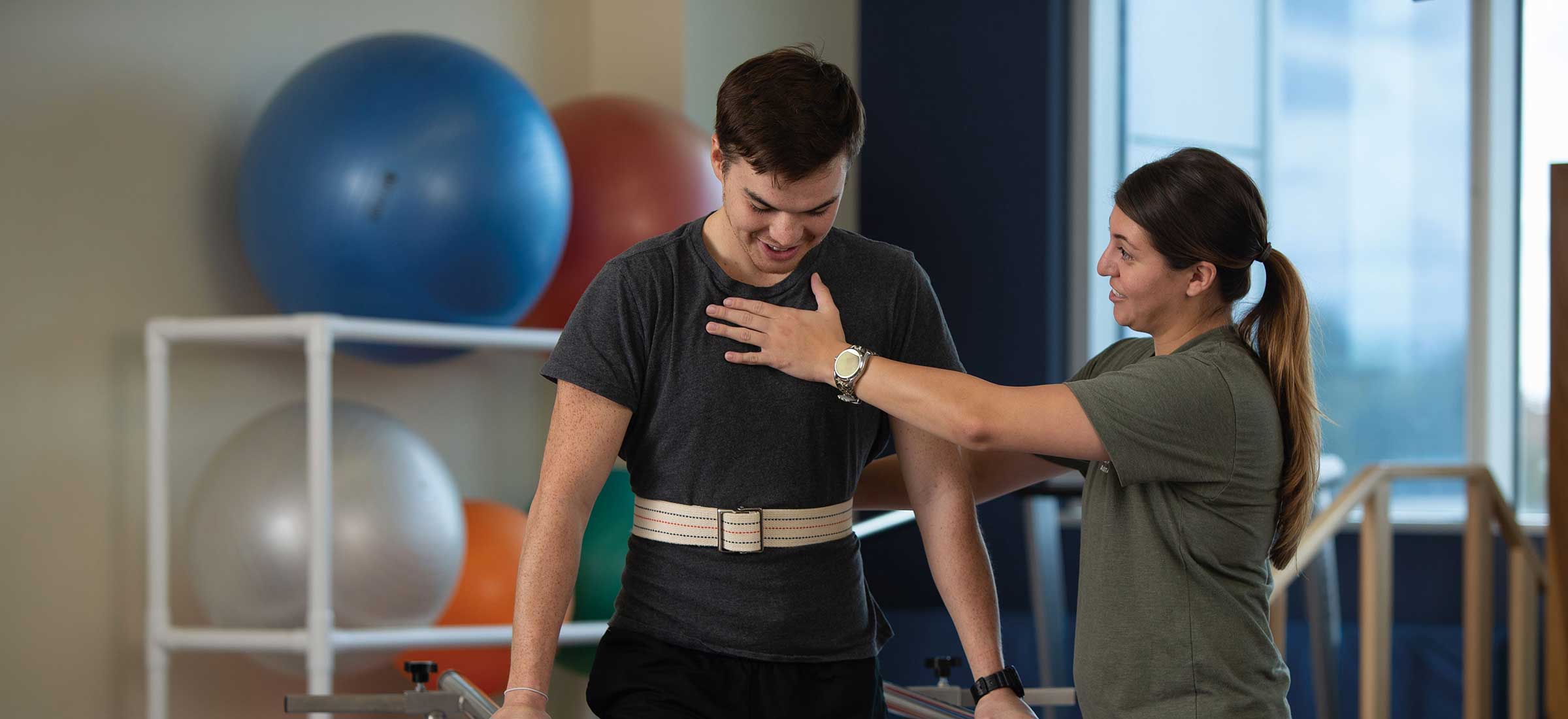Refining a Art of Workplace Design to Optimize Comfort and Efficiency in Office Settings
Refining a Art of Workplace Design to Optimize Comfort and Efficiency in Office Settings
Blog Article
Refining the art of human-centered design is critical for implementing workspaces that promote physical well-being and work output. Workplace ergonomics is the study of engineering occupational settings, tools, and tasks to accommodate the capabilities of team members. By focusing on how individuals interact with their physical environment, businesses can minimize strain and avoid musculoskeletal problems. An ergonomic workspace supports efficient movement and minimizes strain, which can lead to improved effectiveness and well-being among staff members.
One foundational aspect of ergonomics is the placement of workstation elements and tools. Work surfaces should be at a position that permits employees to work with their forearms at a 90-degree angle while inputting data. Chairs should deliver sufficient reinforcement for the lower back, supporting neutral positioning. Additionally, display devices should be mounted at visual height to avoid cervical tension. By verifying that these factors are properly adjusted, staff can maintain a comfortable position throughout their workflows, reducing fatigue and enhancing concentration.
An additional notable factor in an ergonomic workspace is the use of ergonomically-designed technologies and equipment. This includes input devices, pointing devices, and other instruments designed to minimize repetitive strain injuries. For instance, using an orthopedic sports physical therapy typing device can contribute to minimize wrist pain caused by repetitive typing. Furthermore, ergonomic seating and height-adjustable workstations enable employees to alternate their position throughout the day, which can ease discomfort and boost physical endurance. Implementing high-quality ergonomic solutions can lead to healthier work habits and elevated productivity rates.
Visual conditions is also a vital element in ergonomic design. Balanced lighting can diminish visual fatigue and make it easier to focus on their job functions. Daylight is optimal, but if that is not available, using task-specific artificial lighting can aid maintaining a functional atmosphere. It is important to avoid glaring fluorescent lights that may cause visual discomfort or fatigue. By incorporating sufficient lighting, employers can establish an environment that enhances both comfort and efficiency.
To conclude, advocating for regular breaks is imperative for sustaining an ergonomic workspace. Reminding workers to take short breaks can assist relieve physical tension and mental overload. During these breaks, users should be encouraged to stretch or change location supportive devices in rehabilitation to stimulate blood flow. Integrating scheduled break times can facilitate build a workflow that values health without reducing output. Overall, embracing ergonomics in the office not only enhances physical health but also cultivates a more productive work culture where professionals can excel.